Types Of Grape Hyacinths: Grape Hyacinth Varieties For The Garden
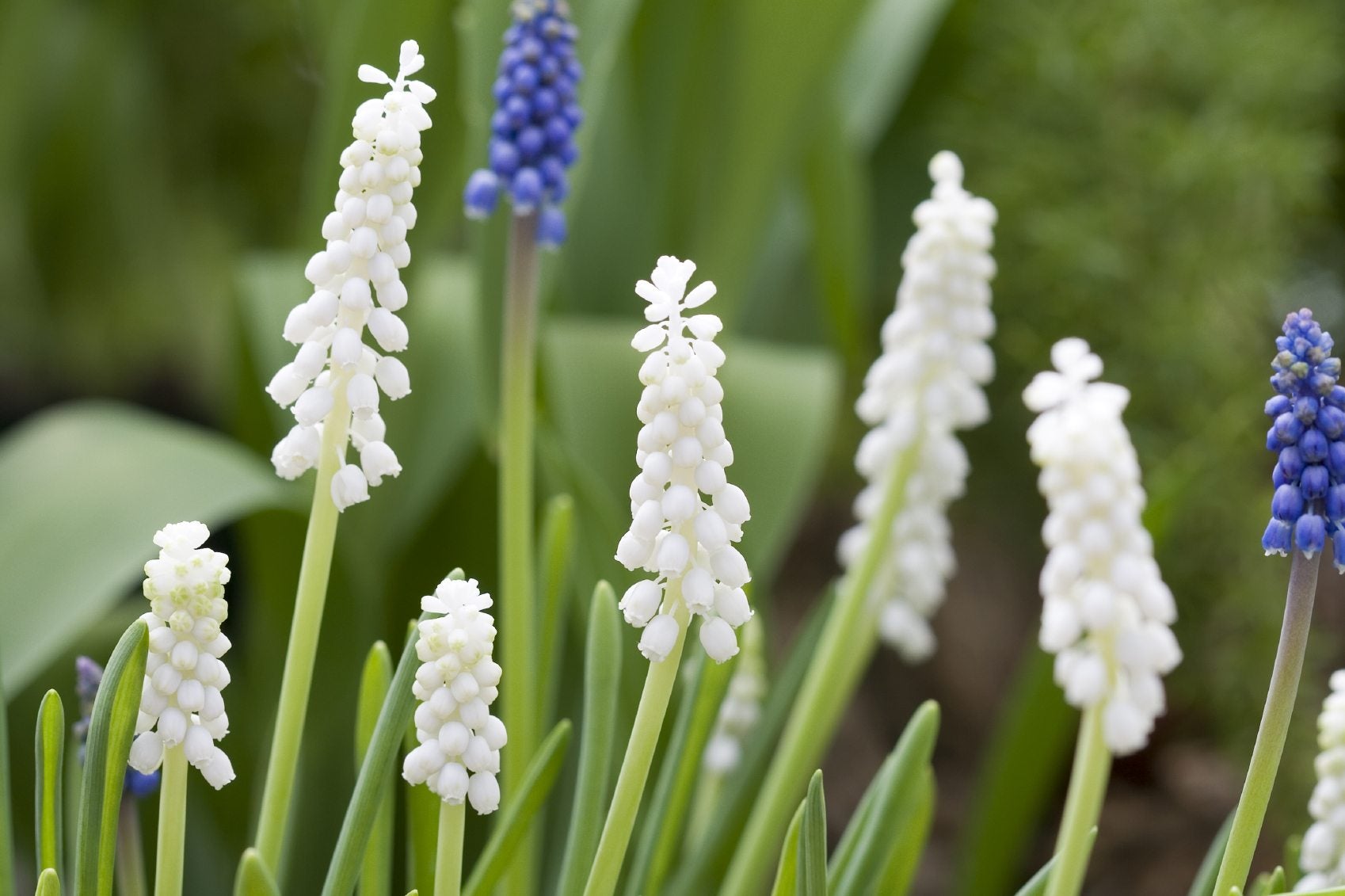
Each year I know that spring has sprung when the green foliage of our grape hyacinth bulbs begins to peep up from the soil. And each year more and more of the bell-shaped blooms appear carpeting the landscape with their brilliant blue color. There are many grape hyacinth varieties, 40 species alone, that are resilient additions to the landscape mirroring the blue skies heralding winter's end. So what are grape hyacinth plants and what types of grape hyacinths are suited to your garden? Read on to learn more.
About Grape Hyacinth Plants
Grape hyacinth (Muscari armeniacum) is a perennial bulb that blossoms in the spring. It is a member of the Liliaceae family (lily) and is native to southeastern Europe. Its common name is in reference to the small, bell-shaped, clusters of cobalt blue flowers that resemble a bunch of grapes. The botanical name of Muscari hails from the Greek for musk and is an allusion to the sweet, aromatic scent emitted by the flowers. Most grape hyacinth varieties are frost-resistant, bee attractors, and naturalize easily into the landscape. Some people find this ability to multiply invasive, but these little beauties are so resilient, I just pull out those that I feel are wandering into areas they have no business with. Conversely, a massive stand of grape hyacinth bulbs is an eye-popping garden feature. In fact, one of the most photographed scenes at the Keukenhof Gardens in Holland is a dense planting of M. armeniacum aptly named the Blue River. Grape hyacinth is hardy in USDA zones 3-9 (except M. latifolium, which does best in USDA zones 2-5) and is unflappable in almost any soil but prefers well-draining, sandy, alkaline soils in full sun. These small plants (4-8 inches or 10-20.5 cm. tall) produce one to three flower stalks laden with 20-40 flowers per stalk. Plant the bulbs in the fall, placing them 3-4 inches (7.5-10 cm.) deep and 2 inches (5 cm.) apart. An inclusion of bone meal at planting and again post-bloom will improve the overall health of the plants. Water well during active growth and flowering and reduce once the foliage begins to die back.
Types of Grape Hyacinths
The most common grape hyacinth varieties are those of M. armeniacum and M. botryoides. M. armeniacum is favored for its vigor and larger bloom size while M. botryoides is desired as the most cold-hardy amongst the hyacinths and include:
- ‘Album,’ which has a white flower
- ‘Blue Spike,’ with double blue blossoms
- ‘Fantasy Creation,’ also with double blue flowers that may become tinged with green as the blossom ages
- ‘Saffier,’ with its longer-lasting blue blossoms
- ‘Superstar,’ with periwinkle blue florets tinged with white
Besides these more common grape hyacinths, there are a number of other varieties.
- M. azureum is a tiny, 4- to 6-inch (10-15 cm.) brilliant, blue bloomer. There is also a white cultivar called Alba.
- M. comosum is also called tassel hyacinth in reference to the shape of its column of blooms. This larger varietal grows to 8-12 inches (20.5-30.5 cm.), producing blossoms of purplish-brown.
- M. latifolium will grow to about a foot (30.5 cm.) in height and is native to the Turkish pine forests. It produces a single leaf and bicolored flowers of pale blue on top and dark blue-black florets at the bottom of the flower column.
- M. plumosum, or feather hyacinth, has purple-blue flowers that look much akin to a feathery plume.
Whichever variety of grape hyacinth you choose, they will add a gorgeous pop of color to the otherwise as yet drab garden in the early spring. If you allow them to multiply, successive years will bring a carpet of blue and is especially nice when allowed to naturalize under trees and shrubs. Grape hyacinths also make lovely cut flowers and are easy bulbs to force indoors for even earlier colorful blooms.
Gardening tips, videos, info and more delivered right to your inbox!
Sign up for the Gardening Know How newsletter today and receive a free copy of our e-book "How to Grow Delicious Tomatoes".

Amy Grant has been gardening for 30 years and writing for 15. A professional chef and caterer, Amy's area of expertise is culinary gardening.
-
 Get Ready For A Summer Of Hummers! Grow These Full Sun Hummingbird Plants and Flowers
Get Ready For A Summer Of Hummers! Grow These Full Sun Hummingbird Plants and FlowersIf you’re lucky enough to enjoy a sunny backyard, make sure you are maxing out on your pollinator opportunities and grow these full sun hummingbird plants and flowers
By Tonya Barnett
-
 12 Lush Alternatives To A Lawn For Sustainable Spaces
12 Lush Alternatives To A Lawn For Sustainable SpacesAlternatives to a lawn are beautiful and also beneficial to your local ecosystem and its pollinators. Explore our top picks for plants to replace grass.
By Tonya Barnett
-
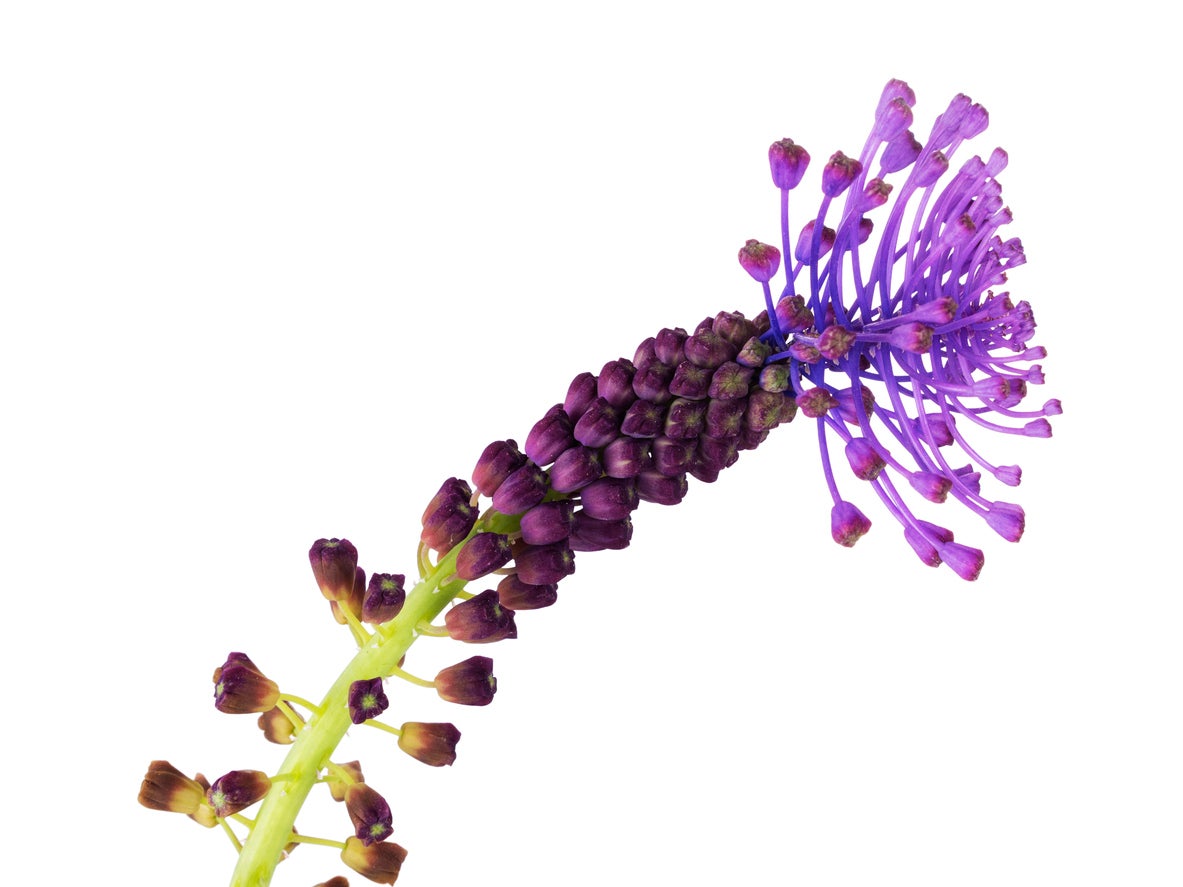 Feather Hyacinth Plants – Tips For Planting Feathered Grape Hyacinth Bulbs
Feather Hyacinth Plants – Tips For Planting Feathered Grape Hyacinth BulbsThe feather hyacinth, aka tassel hyacinth plant, can add another cool textural element to the garden with their feathery plumes. If you have some of these bulbs and are ready to go, click this article for tips on how to grow a Muscari feather hyacinth, including tips on their care.
By Teo Spengler
-
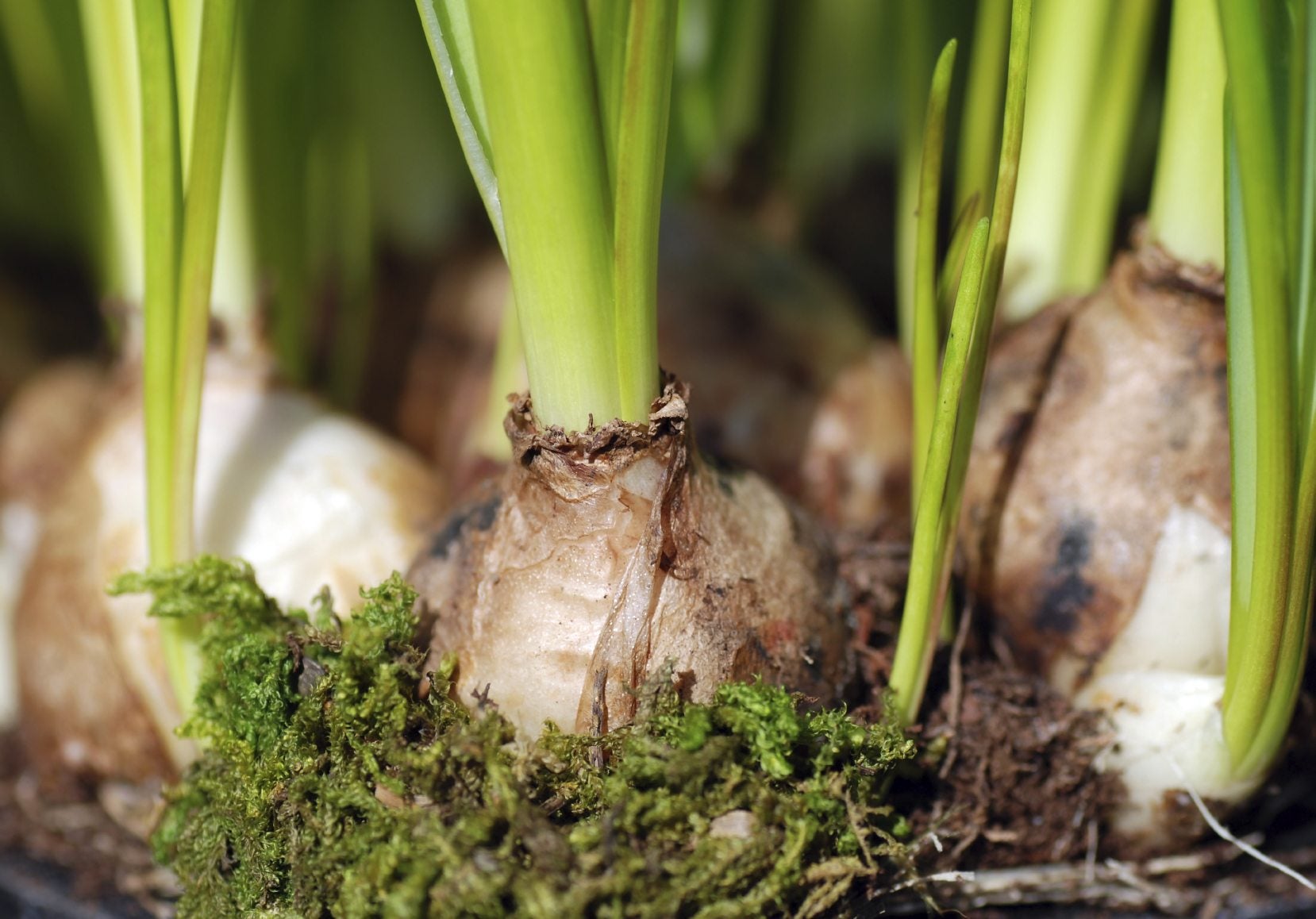 Digging Grape Hyacinths: How To Store Hyacinth Bulbs After Flowering
Digging Grape Hyacinths: How To Store Hyacinth Bulbs After FloweringGrape hyacinths are easy to dig up after flowering. Can you replant grape hyacinths? Yes, you can. Use the following article to get all the info you need about how to store hyacinth bulbs after flowering. Click here to learn more.
By Teo Spengler
-
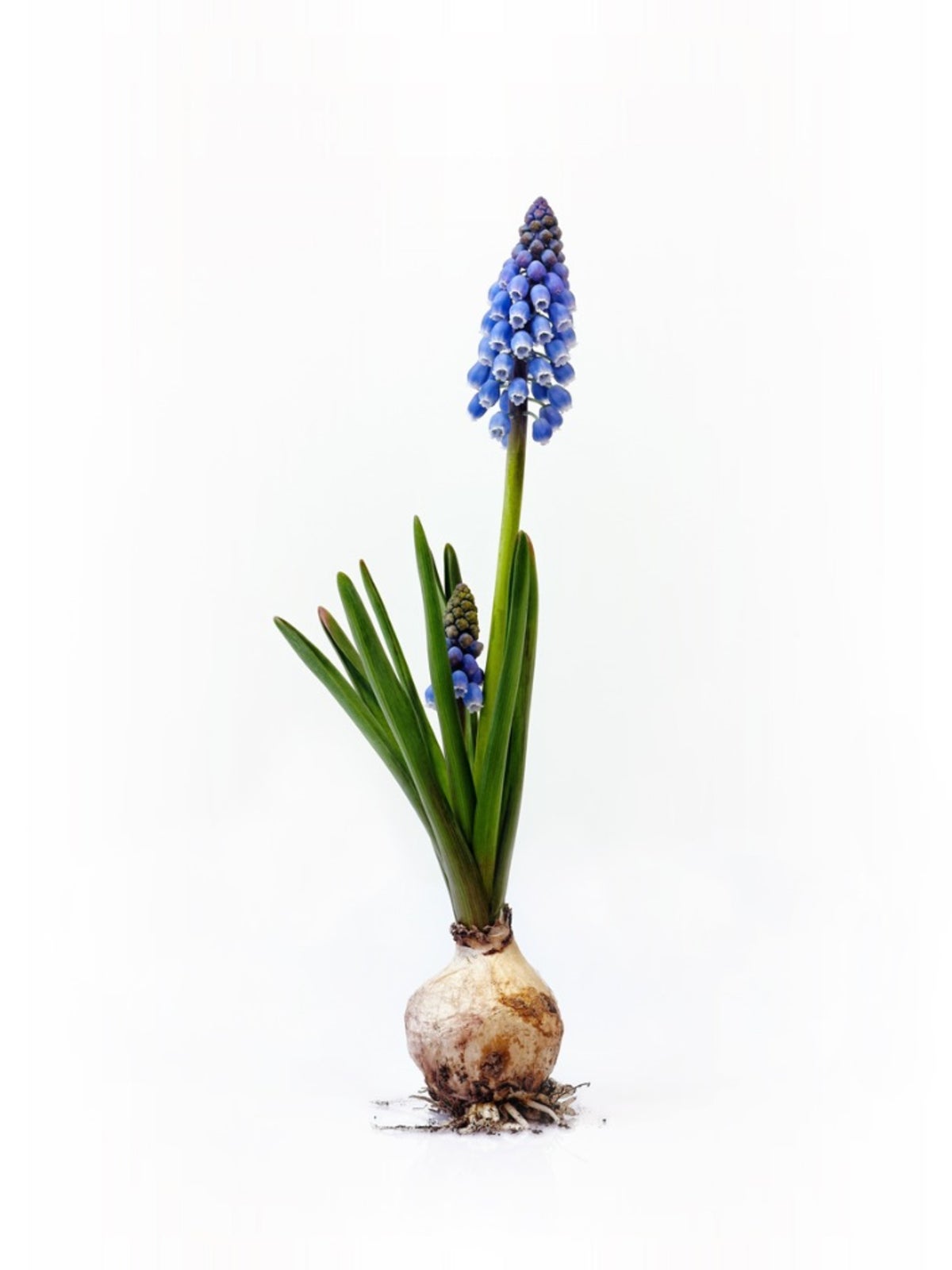 Muscari Propagation: Learn About Propagating Grape Hyacinth Bulbs And Seeds
Muscari Propagation: Learn About Propagating Grape Hyacinth Bulbs And SeedsIf you want to start growing grape hyacinth, or want to expand your collection, propagating grape hyacinths is very easy. Click this article to learn about propagation from grape hyacinth bulbs and grape hyacinth seeds.
By Liz Baessler
-
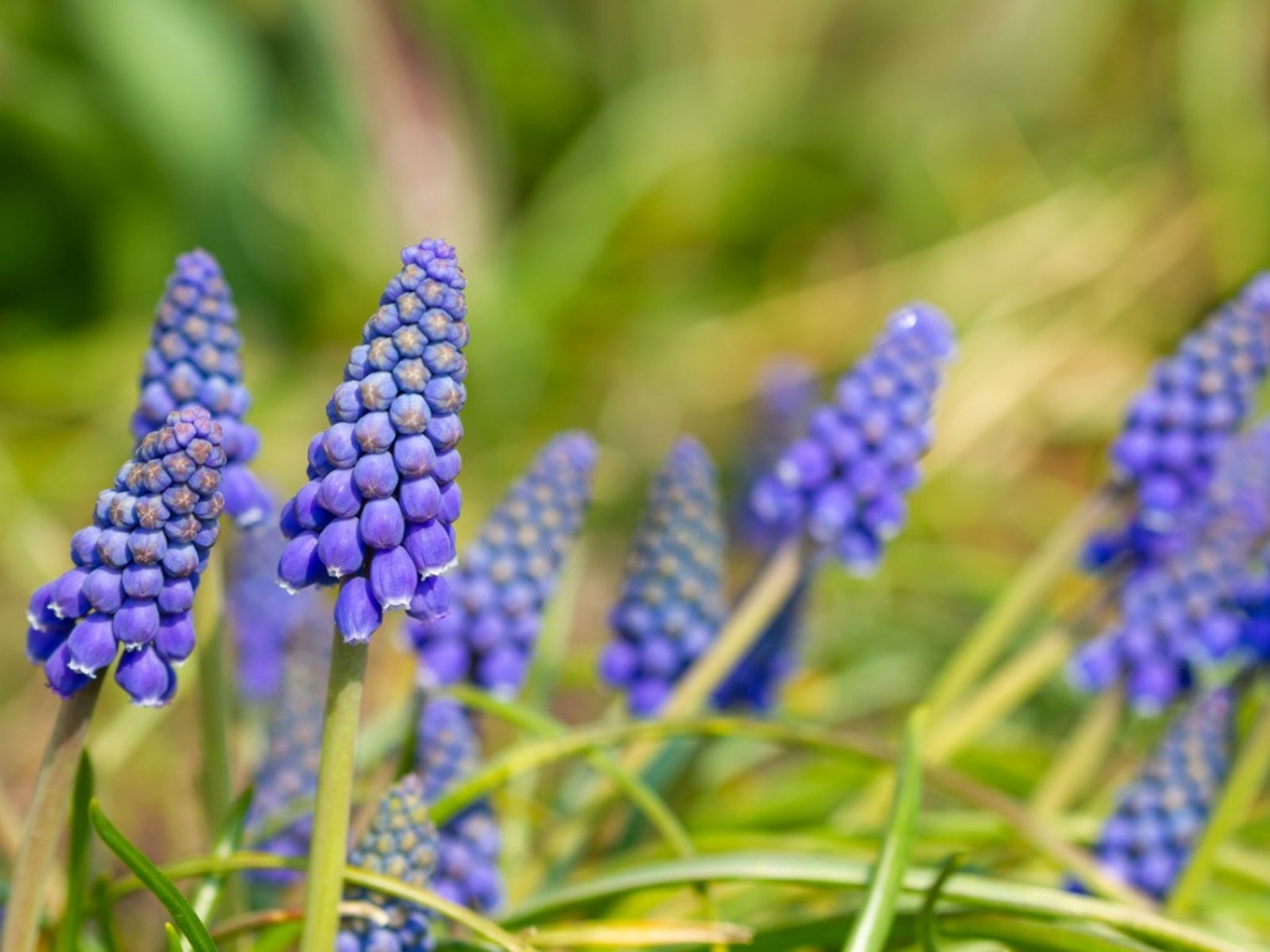 Grape Hyacinth After Flowering – Learn About Muscari Care After Blooming
Grape Hyacinth After Flowering – Learn About Muscari Care After BloomingWhen the grape hyacinth blooming season comes to an end, you need to care for the bulbs to protect and preserve them so that they can bloom again the following year. Read on for information about Muscari care after blooming.
By Teo Spengler
-
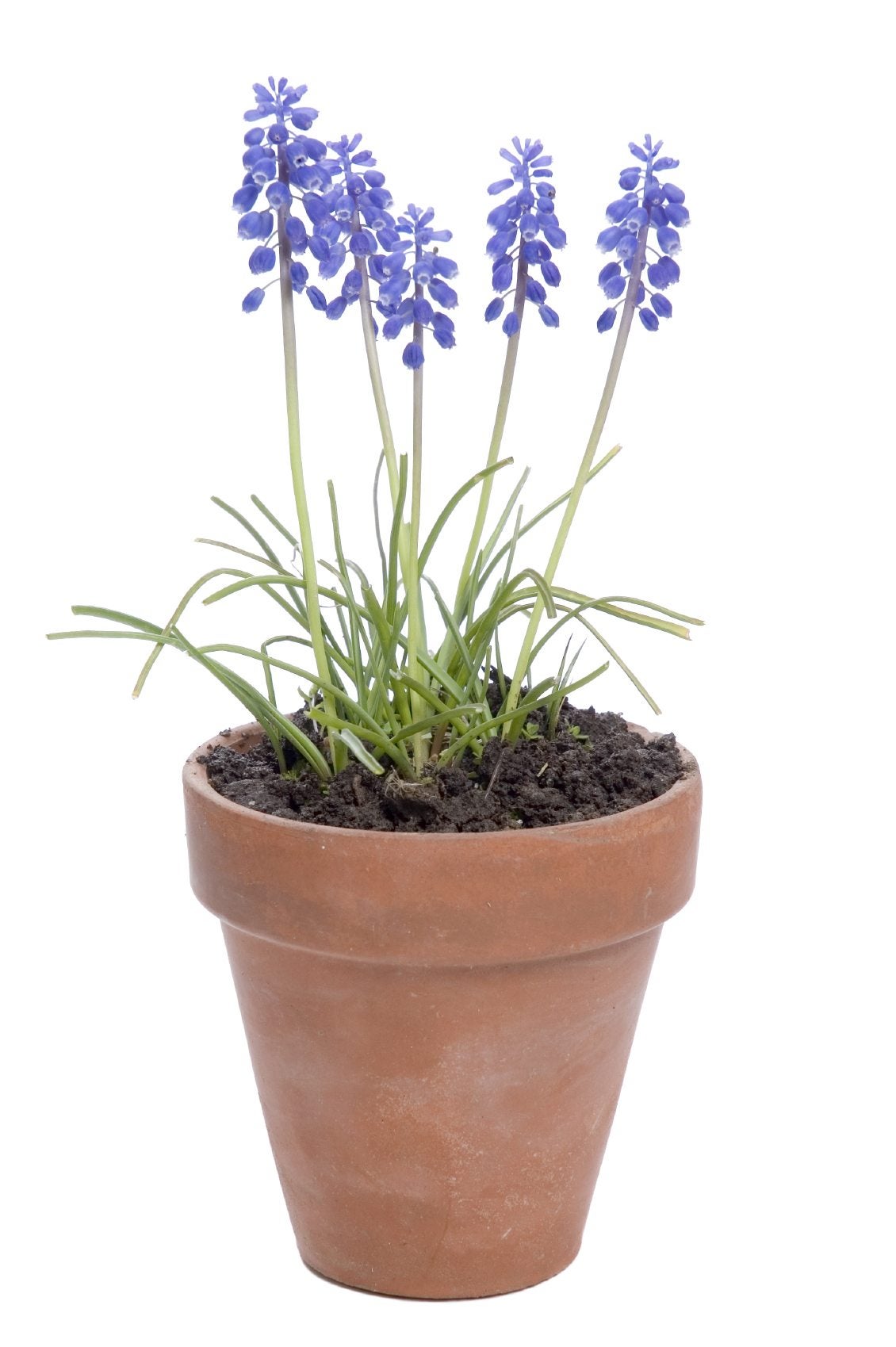 Growing Grape Hyacinth In Containers: How To Plant Muscari Bulbs In Pots
Growing Grape Hyacinth In Containers: How To Plant Muscari Bulbs In PotsGrape hyacinths are not, contrary to popular belief, related to hyacinths. They're actually a type of lily. They have a shockingly beautiful blue color (except when they're white) and a heavenly scent. They also grow very well in pots, and this article will help.
By Liz Baessler
-
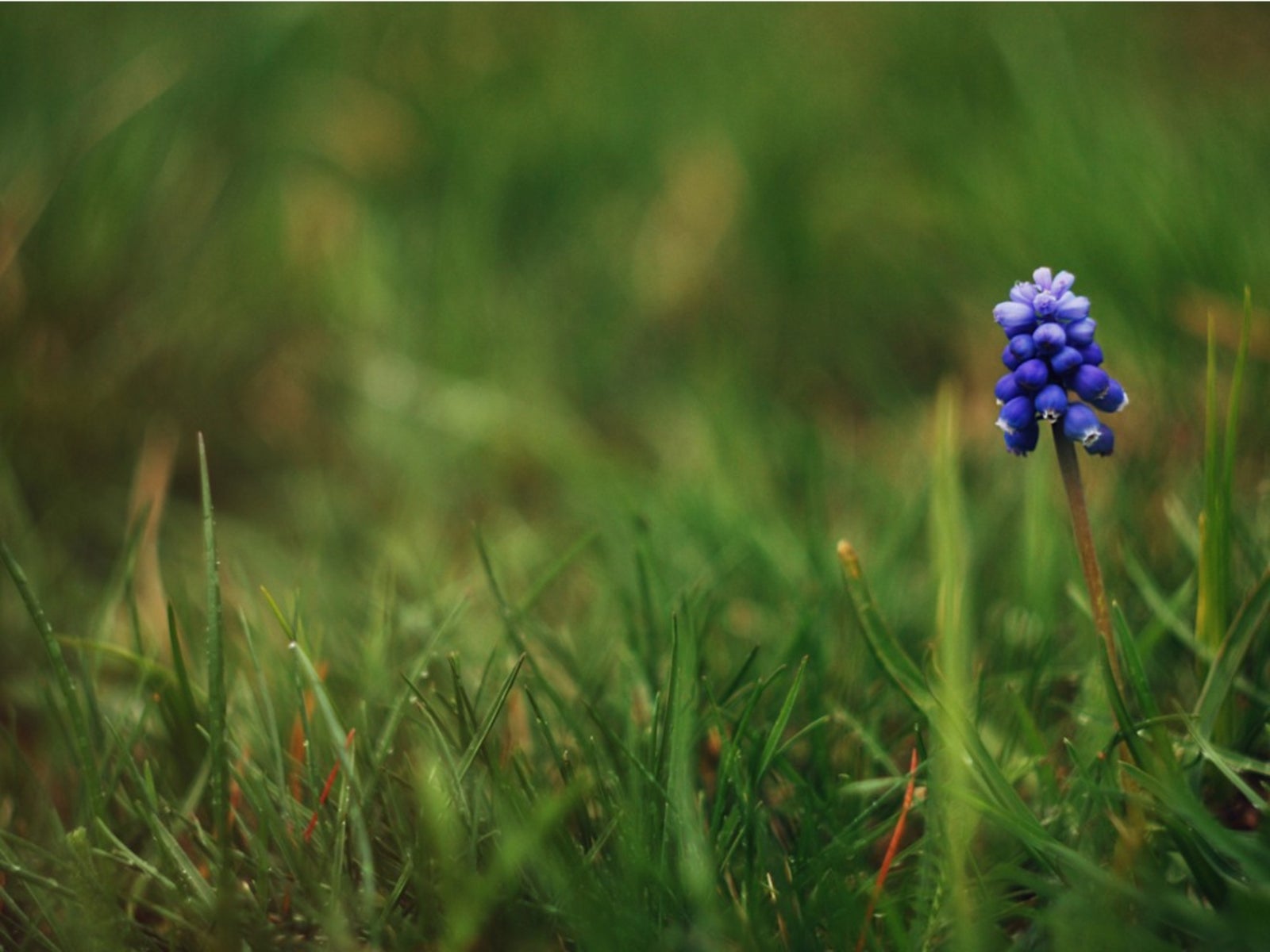 Muscari Seed Planting: How To Grow Grape Hyacinth Flower Seeds
Muscari Seed Planting: How To Grow Grape Hyacinth Flower SeedsGrape hyacinth seed propagation is not as easy or quick as growing the plants from mature bulbs but it is an inexpensive way to further expand your stock of these appealing flowers. Click this article to learn more about Muscari seed planting.
By Bonnie L. Grant
-
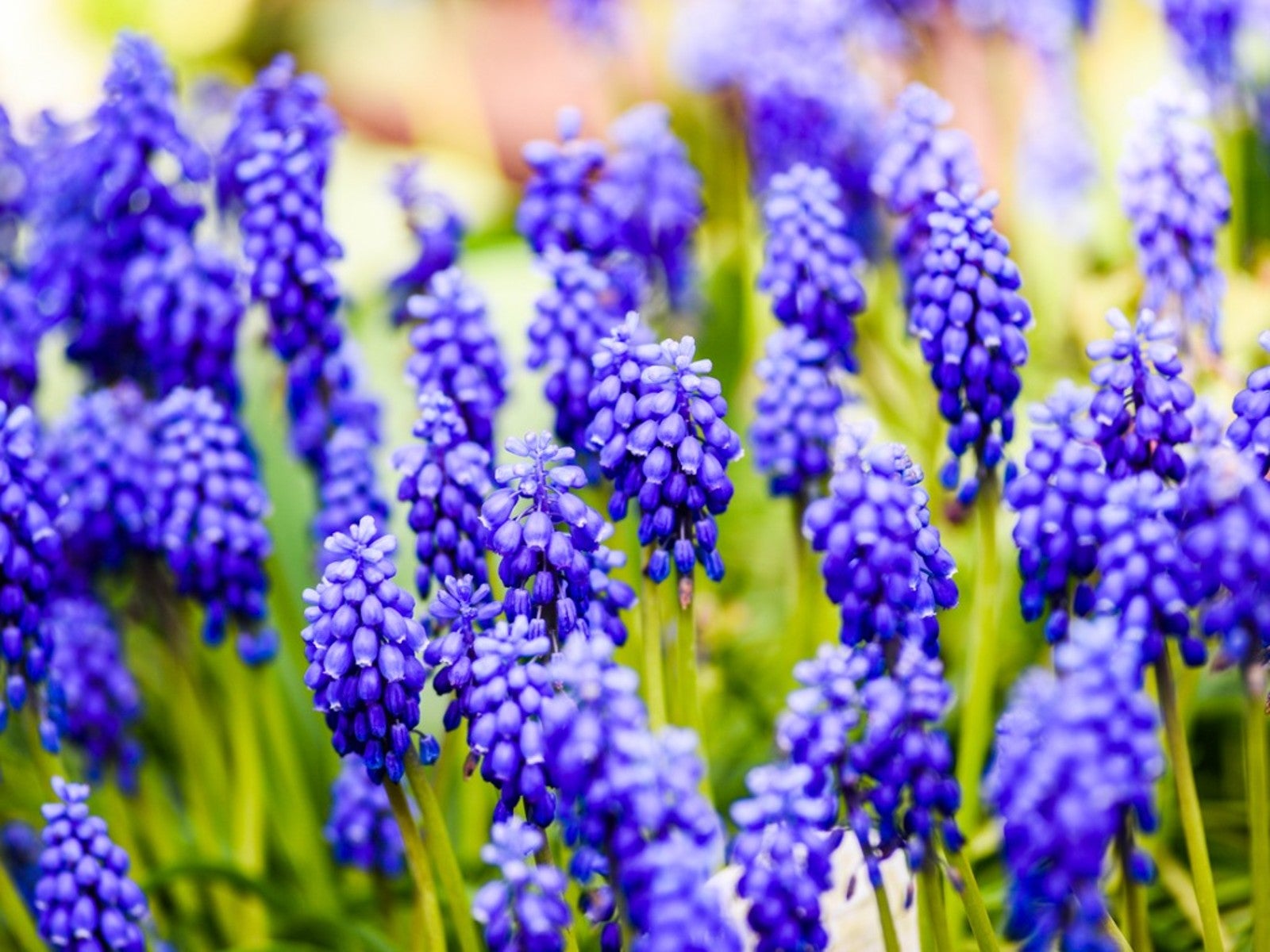 Caring For Grape Hyacinth In Lawns: How To Naturalize Grape Hyacinth Bulbs
Caring For Grape Hyacinth In Lawns: How To Naturalize Grape Hyacinth BulbsSome gardeners aren't crazy about the idea of grape hyacinths popping up in a tidy lawn, but others love the carefree appearance amid the grass. If you belong to the latter group, click here to learn how to naturalize grape hyacinth bulbs in your lawn.
By Mary H. Dyer
-
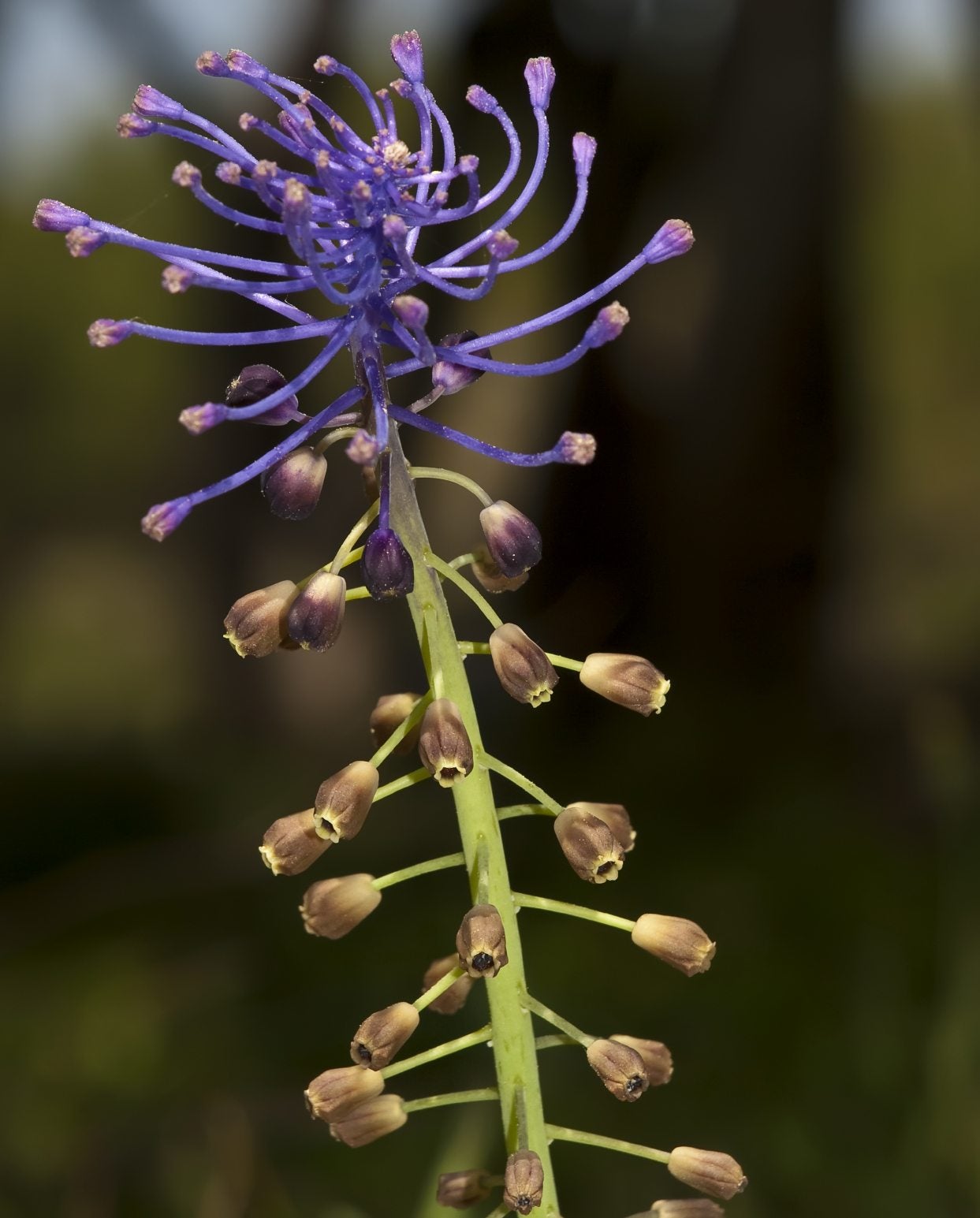 Tassel Hyacinth Growing: Learn About Tassel Hyacinth Bulbs In The Garden
Tassel Hyacinth Growing: Learn About Tassel Hyacinth Bulbs In The GardenTassel hyacinth bulbs are considered a delicacy in Mediterranean countries where the plant is cultivated for this purpose. Read this article for more wild tassel hyacinth info, and learn how to take care of tassel hyacinths in your garden.
By Mary H. Dyer